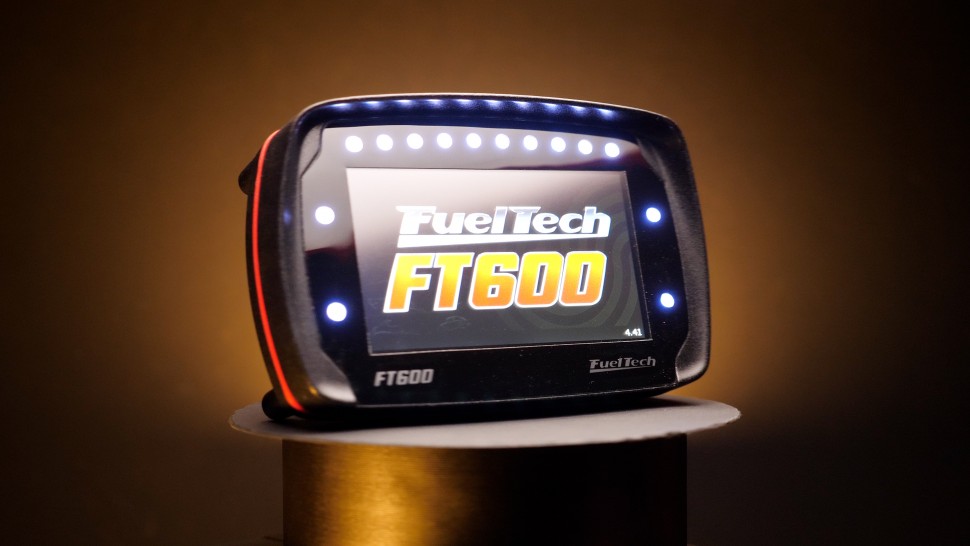| 00:00 |
Recalling our earlier discussions, there are a few different options for creating threaded features in 3D printed parts.
|
| 00:06 |
We can drill holes in tap threads, print threads and potentially chase them with a tap, or even use nut pockets.
|
| 00:13 |
Even though we're still working with plastics, there are some differences between FDM and SLA that lead to slightly different considerations when it comes to these threaded features.
|
| 00:23 |
It's probably no surprise that with what we've discussed with nut pockets previously, it's completely transferable to SLA, so check back to the corresponding module in the practical FDM section of the course if you need a refresher.
|
| 00:37 |
The key difference here is that it's much more difficult to stop a print, insert a nut into the pocket, and then continue printing to secure it in place.
|
| 00:45 |
While it's not impossible, it's so impractical that it's not really a viable option.
|
| 00:50 |
As we know by now, a key difference between the thermoplastics used in FDM and The thermosets used in resin SLA 3D printing is that once cured, thermosets cannot be melted and re-solidified.
|
| 01:03 |
So, we can't use our heat-set threaded inserts because the usual technique of heating and pressing into place with a soldering iron causes the plastic around the hole to crumble and break.
|
| 01:15 |
Oversizing the hole slightly and gluing in place or bonding with resin is an option, but in practice the inserts are more prone to pulling out compared to simply printing the threads.
|
| 01:25 |
This was really the best action when it comes to SLA prints and conveniently the high detail of SLA prints allows for even small threads down to about M3 size to be printed accurately.
|
| 01:37 |
This is the method we used during our velocity stack example when making the threaded bosses to mount the secondary fuel rail.
|
| 01:45 |
The only trick here was to model the thread in the CAD software.
|
| 01:49 |
In fusion this is as simple as checking the modeled box when using the hole tool.
|
| 01:54 |
This geometry will then be transferred to the slicer and included in the instructions for the printer to create.
|
| 02:01 |
Naturally we just want to avoid any orientation that would result in supports contacting the threads.
|
| 02:06 |
After printing it can still be worth chasing the threads with a tap to ensure that it's clear.
|
| 02:12 |
However, we need to be really careful here as although the plastic is relatively easy to tap, it can also be quite brittle and prone to cracking.
|
| 02:21 |
The alternative method involving printing a simple hole or drilling through the hole is a little bit more complicated.
|
| 02:27 |
The standard resins are relatively brittle and can crack or fracture from doing this so it's usually best to just print the thread.
|
| 02:36 |
Another nice benefit of printing threads is that we can create threads for taps that we don't physically have on hand, which is especially useful if we're using unconventional hardware.
|
| 02:48 |
To quickly summarize, the key takeaway here is that threaded features are best printed directly in SLA resin 3D prints, and the high detail of these prints allows the threads to be printed accurately.
|
| 03:00 |
Alternatively nut pockets allow us to fix through the parts with hardware and can add some integrity to the fixing.
|
| 03:07 |
However, threaded inserts are generally avoided as the heat setting process isn't suitable for thermosetting plastics.
|





